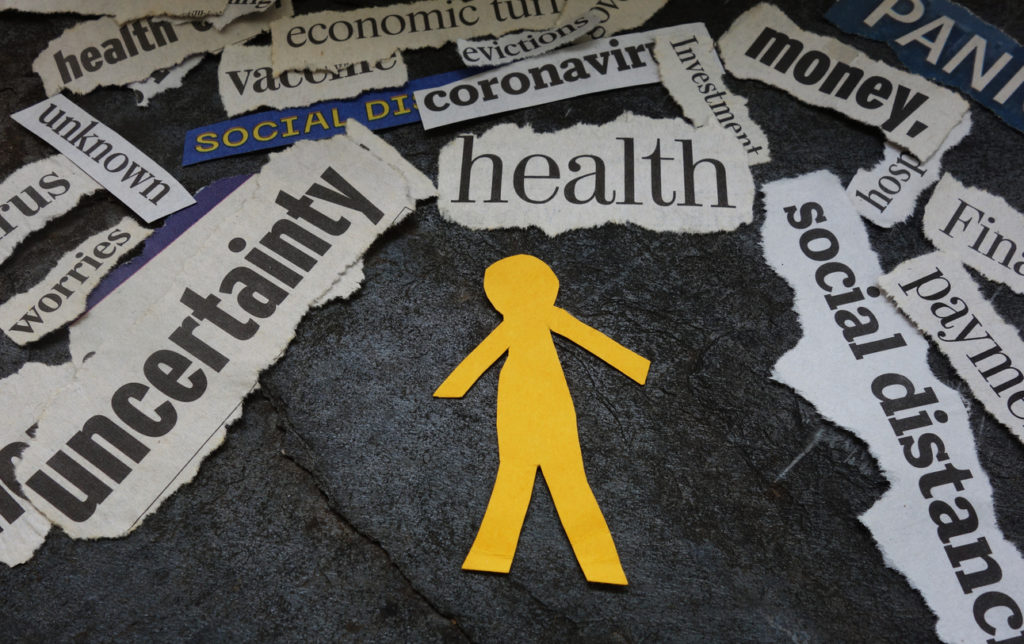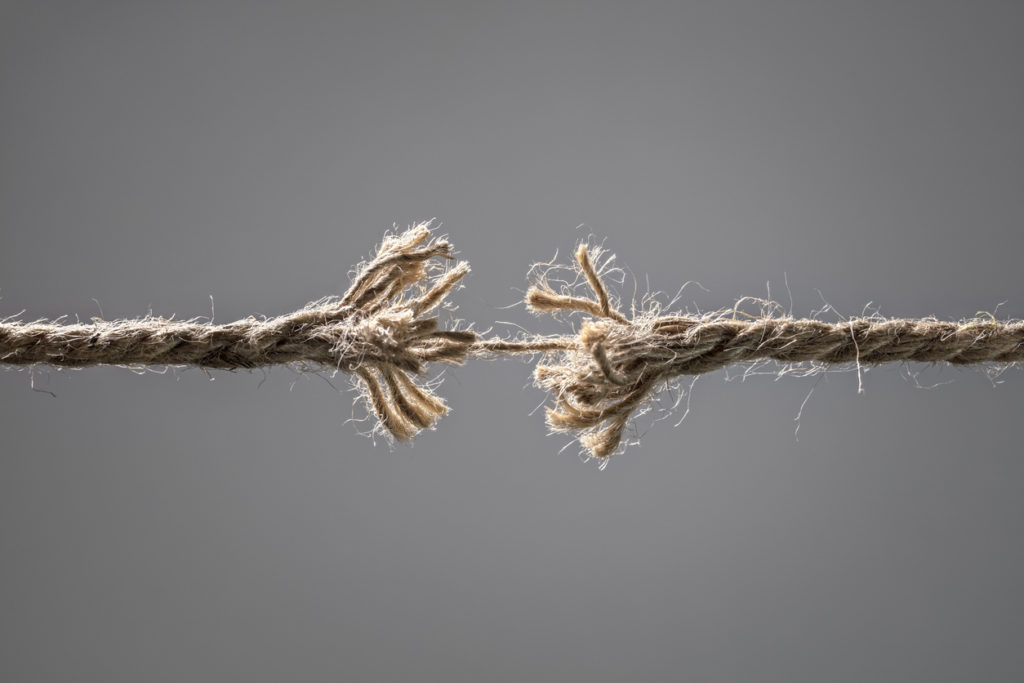Resilience: How to Feel Better, Cope Better, and Be Better
Stress is nothing new. Chronic stress really isn’t either, but it’s taken center stage this year. Chronic stress is the process that happens when your body or mind is put into an untenable situation for a prolonged period of time. Enter 2020.

At a biological level, stress releases cortisol. The “stress hormone” is designed to help us with our body’s natural fight or flight response by providing an uptick in energy. But when this happens chronically — as many of us have experienced recently — the flood of constant cortisol actually hurts our body’s immune system response, which is the very thing we’re all trying to protect and strengthen these days.
According to the American Psychological Association, stress impacts our muscular, respiratory, cardiovascular, endocrine, gastrointestinal, nervous, and reproductive systems.
Although the stress and trauma of the pandemic and its fallout (job loss, illness, loss of loved ones, and working while caring for children) is unavoidable, science tell us there are actional steps we can take to minimize the ways stress affects our bodies. Those actions start at the micro level (at home) but extend to the greater picture of what families really need to recover from what is for many the worst year of our lives.
“We’re often told in America that we need to practice self-care,” said Dr. Mary Twis, Assistant Professor in the Department of Social Work at Texas Christian University. “But there needs to be relief for families that are on the verge of foreclosure, eviction, and food insecurity.”
Twis says that from a social worker’s perspective, the problems with trauma and chronic stress on families require systematic change to our country’s infrastructure and our society’s ideas concerning support. And the pandemic has disproportionately impacted women and people of color, explains Twis.

“I think we can all probably speak anecdotally about the stress we have incurred as women – childcare responsibilities, burnout, homeschooling, work responsibilities, the ways in which service responsibilities are gendered in our society, and thus we fall into these unpaid roles more easily than men – but… emerging research bears this out as a societal phenomenon. Women are dropping out of the workforce at a far higher rate than men. People of color are likewise losing their jobs at a higher rate than white people and are hired back at a slower rate. You can imagine how these trends compound when looking specifically at women of color.”
In 2021, Twis argues that we should be looking toward steps we can take as a country and city to create real societal change for these groups that have been most affected.
But for herself on a day-to-day basis, a basic self-care go-to for Twis is getting outside and taking a walk or calling a friend. “It is doing the things to help the body cope better even when we really don’t want to do them,” Twis said. “That requires discipline.”
Contrary to popular rhetoric, self-care is not drinking a lot, or eating a lot of chocolate, or ignoring all your problems and feelings by zoning out on Netflix, Twis says.
Things you can do right now to start feeling, coping, and getting better:
- Get outside.
- Try yoga.
- Cut back on alcohol as it damages your sleep cycle.
- Get more sleep by going to bed earlier and sticking to a routine.
- Don’t rely on caffeine or sugar to function or regulate your day.
- Get a break from household responsibilities, although sometimes that’s not possible.
Of course, nobody is perfect, Twis says, and admits that she falls into these traps sometimes, too. But it’s recognizing what you’re doing wrong that can help you change your habits to do what’s right for you and your body.

Taylor Dye
photo credit: Maddy Rose Photography
TCU graduate student Taylor Dye, age 21, has had anxiety all her life; her first panic attack hit at 16.
“I didn’t acknowledge [the anxiety] myself for a long time,” she says. “I just kept it bottled up.”
When the pandemic started, Dye already had some tried–and–true mental health tools to work with. Her biggest change this year? Brave vulnerability.
“Being open to having conversations about mental health makes me feel better,” Dye said. “For example, therapy has a stigma around it, but I bring it up in conversations casually. It’s not something I try to hide from people.”
Dye says that going to therapy and getting professional counseling is one of the most important things we can do to learn how to overcome trauma and better deal with chronic stress.
“I also got a cat,” Dye laughs. “It’s helped me a lot.”
She uses a weighted blanket at night and tries to make her bedroom a “safe space,” complete with a lavender candle and just the right music.
Whether it’s during a pandemic or just life, “you have to really want to improve yourself and get better,” Dye says. “At first, I wasn’t really taking what I learned outside of the therapist’s office. And I wasn’t really telling my therapist everything.”
Dye has a different perspective, and it’s working. She even started a blog a couple of months ago to share her mental health journey with others.
When Dye graduates with her master’s in Strategic Communication from TCU next year, she wants to work in communication in the mental health field.
“I hope to make an impact in reducing the stigma around mental health,” said Dye. “And make connections with people who may need resources but don’t know how to get help.”
 For more than a decade, Sarah Angle has worked as a Texas-based writer. She began her career as a daily newspaper reporter and photographer, and now splits her time between journalism and marketing communications. In 2014, she won first place from the Association of Alternative Newsmedia for her feature story “From the Land of the Lost.” The following year, she earned a fellowship from the Investigative Reporters and Editors organization and became a board member for the Society of Professional Journalists, Fort Worth chapter. Currently, she teaches in the School of Strategic Communication at TCU. Sarah lives in Fort Worth with her darling daughter and a house full of books and mid-century modern décor.
For more than a decade, Sarah Angle has worked as a Texas-based writer. She began her career as a daily newspaper reporter and photographer, and now splits her time between journalism and marketing communications. In 2014, she won first place from the Association of Alternative Newsmedia for her feature story “From the Land of the Lost.” The following year, she earned a fellowship from the Investigative Reporters and Editors organization and became a board member for the Society of Professional Journalists, Fort Worth chapter. Currently, she teaches in the School of Strategic Communication at TCU. Sarah lives in Fort Worth with her darling daughter and a house full of books and mid-century modern décor.


 Sign in
Sign in

